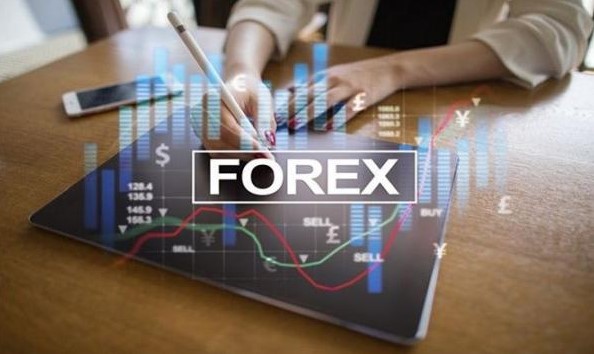Forex trading, also known as foreign exchange or currency trading, is the process of buying and selling currencies to profit from their price fluctuations. For anyone looking to dive into the world of forex trading, understanding the terminology is crucial. This simple guide will walk you through the key terms you need to know to get started in forex trading.
1. Forex Market
The forex market is a global, decentralized marketplace where currencies are traded. Unlike other financial markets, the forex market operates 24 hours a day, five days a week, allowing traders to engage at any time based on their preferred time zone.
2. Currency Pair
Currencies are traded in pairs, meaning you always trade one currency for another. For example, in the currency pair EUR/USD, the euro (EUR) is traded against the US dollar (USD). The first currency in the pair is called the base currency, while the second is the quote currency.
3. Bid and Ask Price
In forex trading, you’ll encounter two prices: the bid price and the ask price.
The difference between these two prices is known as the spread, and it represents the broker’s commission for facilitating the trade.
4. Pip
A pip (percentage in point) is the smallest price movement in the forex market. Most currency pairs are priced to four decimal places, and a movement of one pip represents a change of 0.0001 in the exchange rate. For example, if the EUR/USD pair moves from 1.1200 to 1.1201, it has moved by one pip.
Some currency pairs involving the Japanese yen are priced to only two decimal places, so a pip in these pairs would represent a change of 0.01.
5. Lot Size
In forex trading, lot size refers to the volume or amount of a currency pair being traded. Standard lots are usually 100,000 units of the base currency, but there are other lot sizes, including:
The lot size you choose determines the amount of risk and the potential profit or loss on a trade.
6. Leverage
Leverage allows traders to control a larger position with a smaller amount of capital. In simple terms, it’s a loan provided by the broker that amplifies the potential profit (or loss).
For example, if a trader has 100:1 leverage, they can control $100,000 in the market with just $1,000 of their own capital. While leverage can increase profits, it also increases the potential for losses, so it should be used with caution.
7. Margin
Margin is the amount of money a trader needs to open and maintain a position. It’s essentially a deposit required by your broker to cover any potential losses. The amount of margin needed depends on the leverage ratio, the size of the position, and the currency pair being traded.
For instance, with 100:1 leverage, a margin of $1,000 is required to open a $100,000 position.
8. Stop Loss and Take Profit
Both stop loss and take profit orders are used to limit potential losses or lock in profits automatically.
9. Bullish and Bearish
When you hear someone say that the market is bullish or bearish, they are referring to the market’s direction:
Conclusion
Understanding these fundamental forex terms is the first step in becoming a successful trader. The forex market can seem complex, but with a strong grasp of the basics, you can start trading with more confidence.



